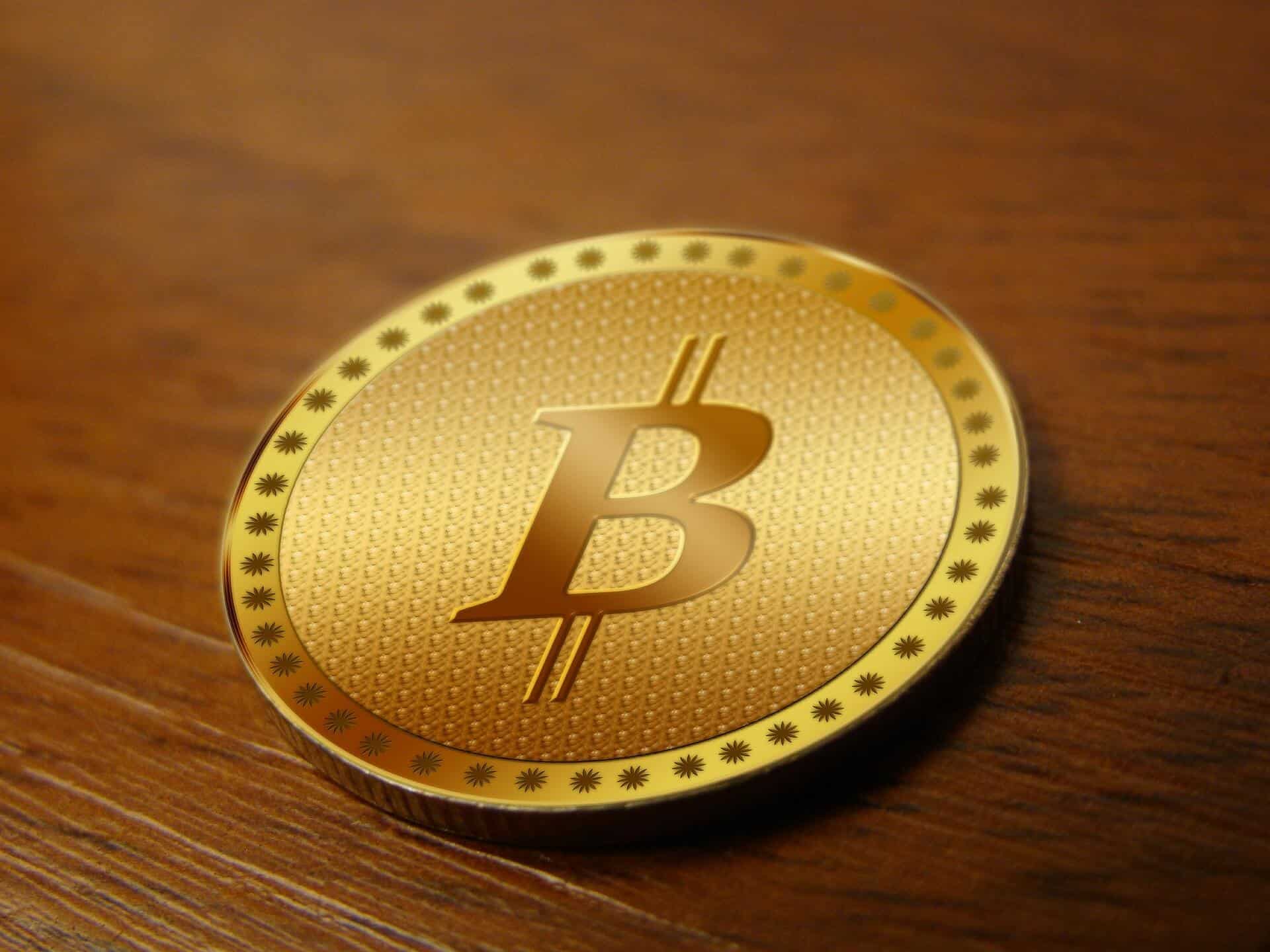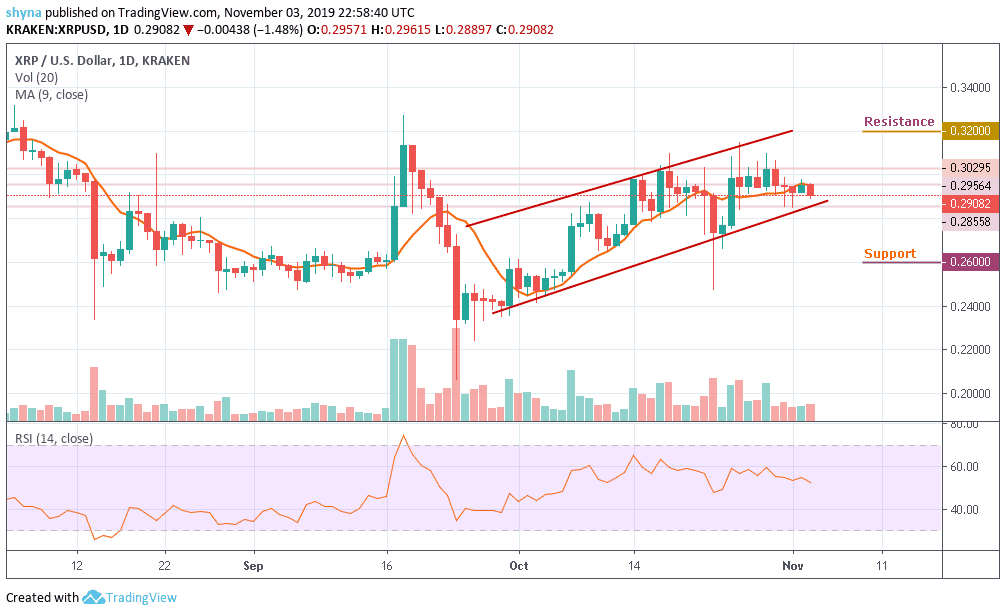Join Our Telegram channel to stay up to date on breaking news coverage
After its awe-inspiring bull run in June, Bitcoin is back into its element in the last quarter of the year. Thanks to its double-digit gains in October, the world’s largest digital coin outperformed gold for the second time this year.
Bitcoin snaps out of losing spree
According to data from Bitstamp, Bitcoin posted continuous losses for three months but logged a gain of 10.26% at the end of October. Gold had an equally difficult time in September with a 3.17% drop. In October, its value fell by 2.74%.
Bitcoin is frequently cited as a non-correlated asset, but its prices are inversely linked to the US dollar, as seen in the markets in recent years. The coin is also compared with gold because it is considered a store of value. A quick comparison of the two assets suggests striking differences between the two in terms of price movement.
Between February and June, Bitcoin entered a bullish phase, marking its longest-running gain streak since August 2017. BTC continued to rule over gold for five straight months. The yellow metal faced losses from February to April. In May and June, it went up by 1.7% and 7.9%. However, BTC gained 62% and 25.89% during the same period, making gold’s prices fade in comparison.
How have prices kept up in 2019?
In the third quarter, it was gold’s turn to lead the market. It gained 0.23% in July and 7.65% in August. The markets factored the increasing trade tensions between the US and China and monetary easing by the US Federal Reserve during this quarter with the metal falling by 3.17% in September. However, BTC’s sell-off was bigger.
Meanwhile, Bitcoin lost 6% in July, 4% in August and 13.5% in September. The widespread criticism of Facebook’s stablecoin Libra and the regulatory uncertainties around the project triggered a sell-off. Experts also blamed overbuying technical issues for the fall in BTC prices.
The current price trends show that Bitcoin will continue reigning over gold in November as US-China trade talks remain stable and induce optimism. The Federal Reserve has also decided to wait for incoming data before cutting interest rates once again. The New York Times writes that easing trade tensions could be at the heart of the decision. Markets typically consider gold a zero-yielding asset, which goes strong on interest rate hikes and dovish Fed policy.
Join Our Telegram channel to stay up to date on breaking news coverage



